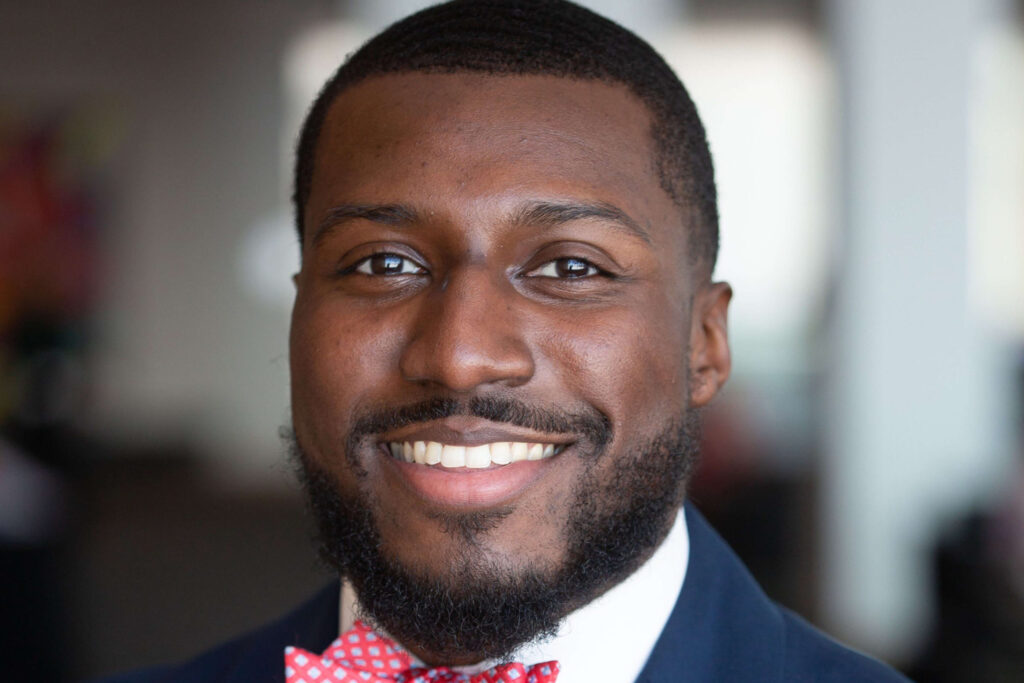This column is part of our Last Word series, which invites noted professionals to provide closing thoughts at the end of each issue of Commercial Baking. See the full issue here.
—
MINNEAPOLIS — These days, every company has a racial equity pledge. And that’s good. Consumers want to support companies who stand for social and racial justice. But what does pledging racial equality really mean? Well, if the pledge isn’t authentic, it doesn’t mean much.










